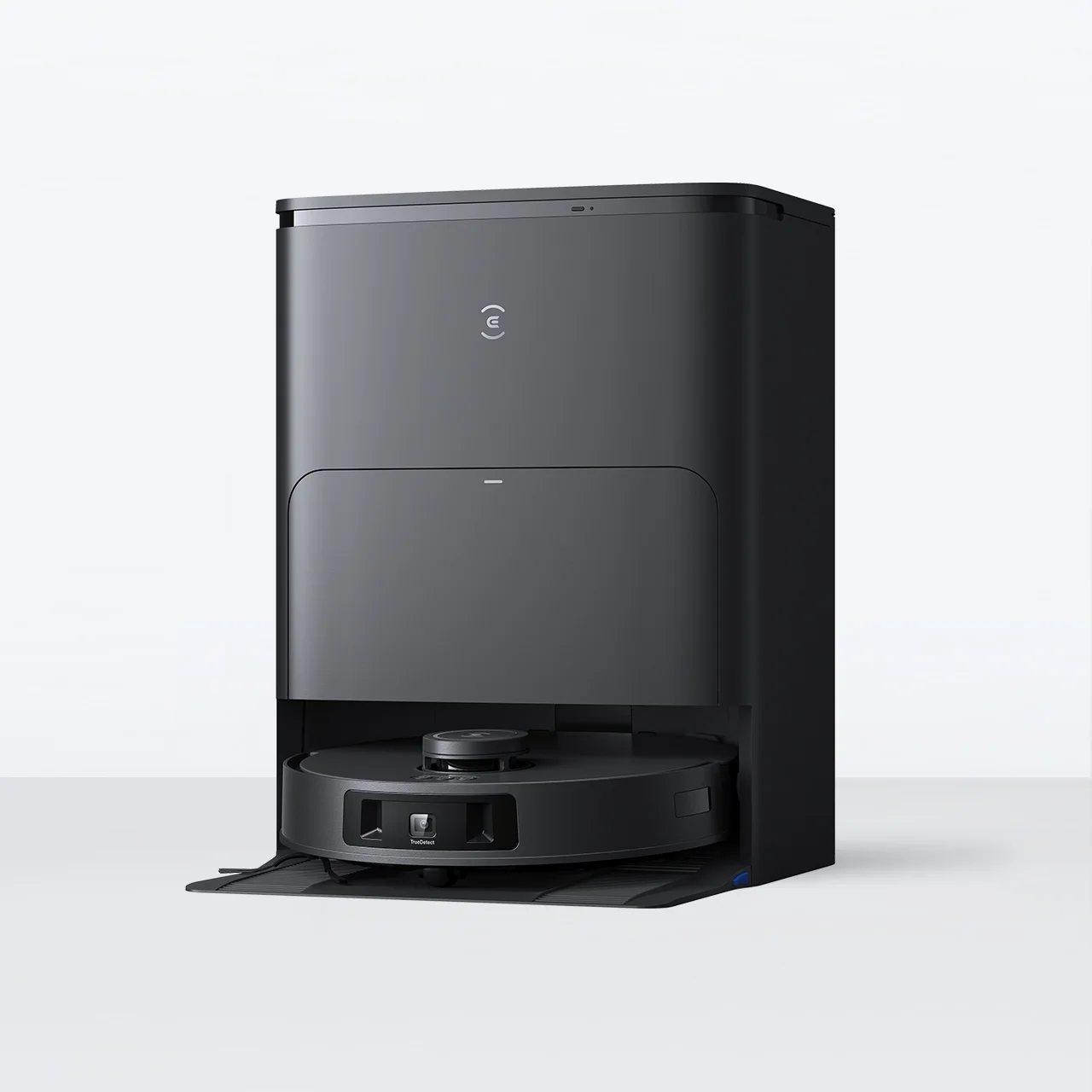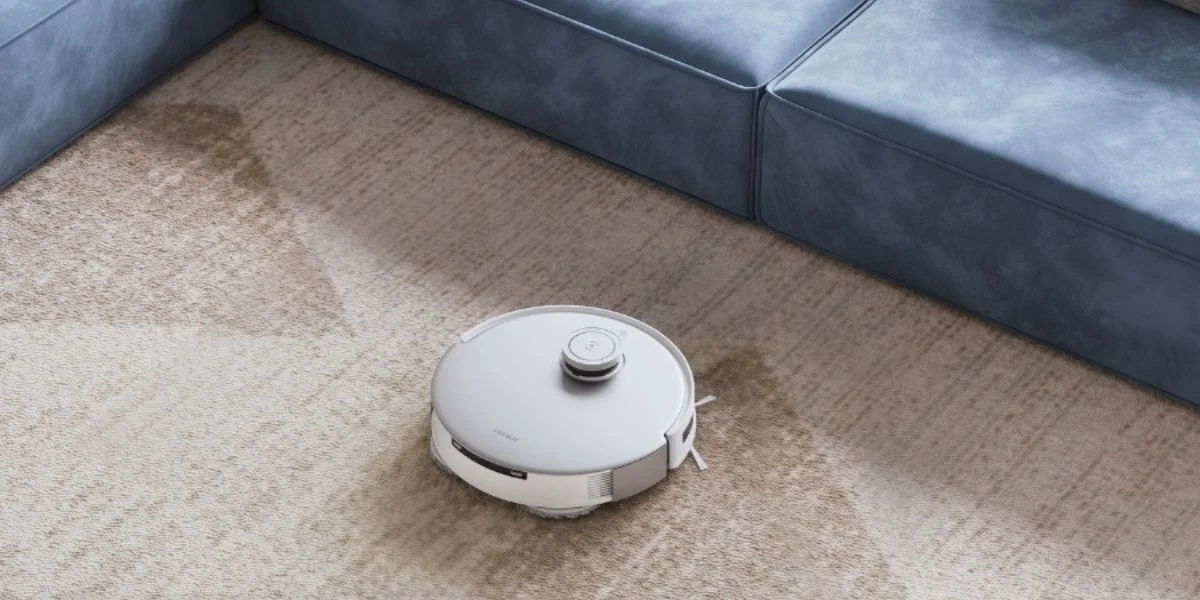
Robot vacuum cleaners are becoming increasingly popular household appliances, thanks to the convenience they offer users who prefer a mostly hands-off approach to cleaning their homes. Users who purchase smart vacuums can choose to get extended warranties to get an extra layer of protection and coverage for their devices. In fact, according to a study by Allied Market Research, the extended warranty market size in the United States was valued at $48.93 billion in 2019, and is projected to reach $59.52 billion by 2028, growing at a compound annual growth rate (CAGR) of 4.6% from 2020 to 2028. However, owners of automatic vacuum cleaners may find the unexpected costs and downtime that come when their device needs repairs after the manufacturer’s or retailer’s warranty has expired frustrating.
What Are Extended Warranties for Robot Vacuums?
An extended warranty is a form of additional coverage that customers can purchase to prolong the period of protection beyond the warranty provided by the manufacturer. It is also known as a service agreement, service contract, or protection plan – depending on the specific terms it covers — and is used for home appliances like robot vacuum cleaners.
What Does a Robot Vacuum Extended Warranty Cover?
An extended warranty for robotic vacuums covers a range of common aspects to ensure the device remains functional and efficient.
● Mechanical and electrical failures: These agreements cover malfunctions in critical mechanical and electrical parts, like the appliance’s motor and sensors.
● Parts and labor for repairs: An extended warranty usually covers the cost of parts and labor if your robot vacuum requires repairs for broken wheels, faulty brushes, or glitchy sensors.
● Battery failure or deterioration: If the battery of your robot vacuum won’t charge or malfunctions within the extended warranty period, you can get it fixed or changed.
● Charging dock problems: Problems with the docking station, such as failure to charge the vacuum or issues with the auto-empty function, can also come under an extended warranty.
● Replacement policy: You could get your automatic vacuum replaced under an extended warranty in the case of total product failure, repeated repairs, non-repairable parts, and power surge damage.
● Software and firmware issues: An extended warranty can offer protection against software bugs, firmware updates, connectivity issues, navigation errors, and system crashes.
● Accidental damage: Some extended warranties offer coverage for accidental damage, such as dropping the vacuum, water damage, and other mishaps not included in a standard warranty.
Differences Between Standard and Extended Warranties for Robot Vacuums
Standard warranties cover robot vacuums for about one year, focusing on manufacturer defects and malfunctions, with basic customer support and repair or replacement policies. Extended warranties offer 2–5 years of additional coverage, including accidental damage, voltage spikes, and more comprehensive parts and labor coverage. They also provide enhanced customer support, such as priority service and 24/7 assistance, and additional benefits like annual maintenance, software updates, and discounts on future purchases. Extended warranties come with an additional cost based on the vacuum’s value and coverage period, while standard warranty benefits are included in the device’s purchase price.

Cost of Extended Warranties for Robot Vacuum Cleaners
Extended warranties for robot vacuum cleaners in the United States typically cost US$50-US$300, depending on several factors. Basic plans covering mechanical and electrical failures are less expensive, while comprehensive plans include unintentional damage, battery replacement, surge protection cost, and more. Factors that influence pricing include the brand and model of the vacuum, coverage duration, and whether the warranty is purchased from the manufacturer, a retailer, or a third-party provider.
Should I Buy Extended Warranty On Robot Vacuum?
Yes, buying an extended warranty on a robot vacuum is worth it because you can get a longer protection period on your device, which can last anywhere from 2–5 years. These agreements can cover accidental damage, power overloads, comprehensive parts and labor costs, priority customer support, and annual maintenance. Most importantly, they offer peace of mind and financial protection, as the knowledge that your expensive investment is protected can reduce stress about potential malfunctions or damage.
The absence of the added protection that comes with an extended warranty can result in significant expenses and inconvenience, especially if your robot vacuum requires frequent repairs or needs to be replaced. You may face higher out-of-pocket repair costs for issues arising after the standard warranty expires, including for damage arising from accidents or power surges. In addition, without an extended warranty, you miss out on potential discounts on future purchases and enhanced protection against unexpected failures.
What to Look for in a Robot Vacuum Extended Warranty?
If you’re considering purchasing an extended warranty for your robot vacuum cleaner, you should research the various criteria that could impact the cost and coverage of your policy.
Components covered
Ensure that the extended warranty covers the repair and replacement of components critical to the functioning of your robot vacuum cleaner, like the motor, sensors, and battery. Confirm that the agreement includes mechanical and electrical failures and verify that both parts and labor costs are included in the plan.
Accidental damage
Go through the policy and check whether the smart vacuum and its parts will be fixed or changed in case of accidental damage. Ask if this covers specific situations, like if you drop the device and damage parts like the sensors, casing or wheels, or even if you spill water on parts of the appliance that liquids are not supposed to enter.
Duration and terms
Ascertain how many years the extended warranty covers beyond the standard manufacturer’s warranty, and look for long-term coverage. Find out if the warranty period begins at the time of purchase or after the manufacturer's warranty expires. See whether you can renew the agreement after it expires.
Claim process
Read through the provider’s process on how to file a claim for repairs on or replacement of your automatic vacuum and what documentation you need to give them, and see if it’s a straightforward process. Assess the quality and availability of customer support for handling warranty claims, and find out how quickly claims are resolved. Look up reviews or feedback on the ease of getting service under the warranty.

Repair/replacement policy
First check if repairs must only be done at specific authorized service centers or whether you can take your robotic vacuum to a maintenance hub of your choosing. Another aspect to consider is whether the policy prioritizes repairs or replacement, and understand under what circumstances the vacuum would be changed instead of fixed. Inquire about the typical time frame for repairs or replacements.
Exclusions and limitations
Extended warranties usually don’t cover unauthorized repairs — either by yourself or a service center — or wear and tear. They also often exclude damage caused by neglect or improper use. If the agreement begins after the standard warranty on your robot vacuum expires, check the fine print to make sure that it doesn’t exclude issues that may have existed before its purchase.
Cost and value
Before you pay for an extended warranty, compare how much it would cost compared to potential repair expenses. Consider the cost relative to the price of the robot vacuum. It’s also worth checking if there are flexible payment options, such as monthly installments, which can be helpful especially if the agreement comes into effect after the standard warranty period ends.
Provider reputation
Research the warranty provider’s reputation for reliability and the efficiency of its customer service. Look at consumer reviews and ratings to find out how satisfied users are with the warranty services. Choose a well-established company as they are more likely to be dependable.
Does ECOVACS' DEEBOT Have Extended Warranty?
ECOVACS does not currently offer extended warranty services through our official website; however, we do warrant that all products purchased from our official store are free from defects in materials and workmanship under ordinary consumer use for one year. For more details, please visit our ECOVACS warranty page.
The warranty for the ECOVACS DEEBOTs does not cover consumable parts, like batteries or side brushes that are designed to diminish over time, or cosmetic damage like scratches, dents or broken plastic on ports unless they occurred due to a defect in materials or workmanship. It also doesn’t extend to damage caused by accidents, use with a third party component or product incompatible with the ECOVACS product specifications, or services performed by unauthorized service providers. The policy will not apply if the serial number has been removed or defaced, rendering ECOVACS unable to identify the device as its product.
FAQ
Is accidental damage covered by an extended warranty?
Accidental damage to a robot vacuum is typically not covered by standard extended warranties. However, some agreements offer specific accidental damage protection plans at an additional cost. Always review the terms and conditions to confirm coverage details before purchasing the policy.
Can I buy an extended warranty after purchasing my robot vacuum?
Yes, you can often buy an extended warranty after you buy a robot vacuum cleaner, but there may be a time limit for doing so. ECOVACS does not currently offer extended warranty services through our official website. Check with the manufacturer or retailer for specific policies and deadlines to ensure that you’re eligible for the extended warranty.
What is the difference between an extended warranty and a protection plan?
An extended warranty generally covers mechanical and electrical failures after the manufacturer’s warranty expires. A protection plan, on the other hand, usually includes coverage for accidental damage, such as drops and spills, in addition to the standard mechanical and electrical issues.Paste your document here.
Related Products


.jpg.webp)






